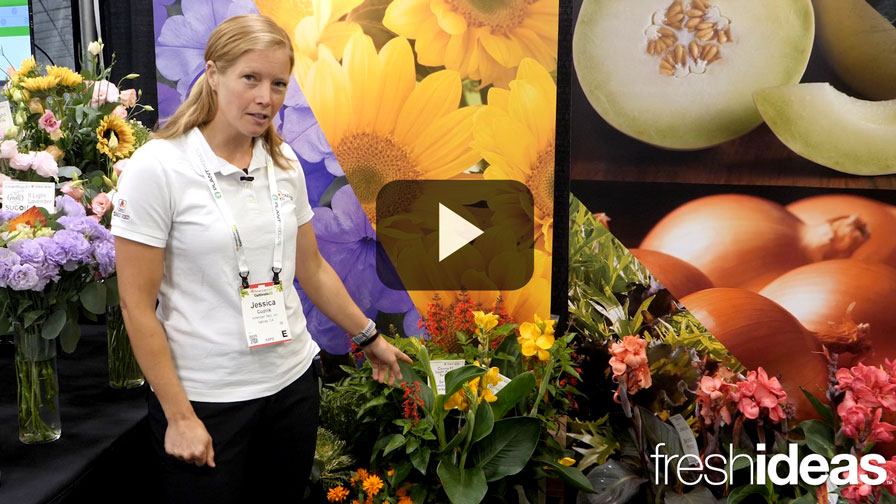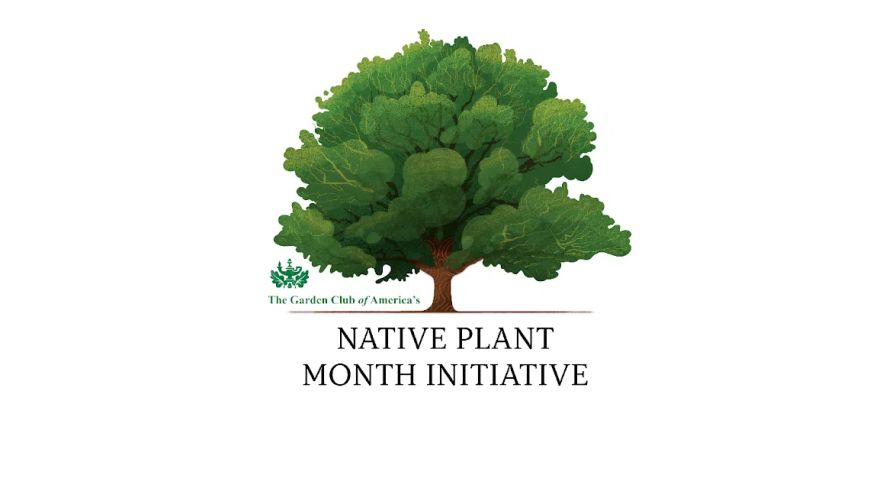Is Your Glass Half Full?
As editors, we’re often asked what we’re hearing related to what’s going on out there — how our industry is faring in general and how growers are doing in particular. I try not to be a fence-sitter, but I can never give a simple answer. Just how our industry is doing really varies with whom you talk to, where they are located, how the weather was this spring and how successful their business strategies are. While some growers are closing up shop, others are having their best spring ever.
Pessimists and optimists are defined by whether they see half a glass of water as half empty or half full. There are many reasons to feel the glass is half empty. Rising energy, labor and transportation costs have eliminated profits growers would have had in increased sales. We’re also seeing a contraction in supply, which indicates things aren’t going so well. According to USDA’s 2005 Floriculture Crops Summary, 822 growers exited the business. Although fewer growers generated a one-percent increase in the overall wholesale value of the crops, less than 6 percent growth indicates our industry has matured.
The market channel experiencing the most growth is the home improvement centers and the growers who have invested in the technology, production facilities and resources to serve them. For instance, Metrolina Greenhouses has 112 acres of greenhouse production in North Carolina. I was blown away at the Southeast Greenhouse Conference when owner Abe Van Wingerden said the company plans to build 10 more acres each year for the next 5 years! Is there really that much growth potential? He believes so. Metrolina is one optimistic operation and is reaping the rewards of its investments.
During our “Declaring Independence!” luncheon sponsored by Fafard at the Southeast conference, I was delighted to hear our independent retailer panelists Rick Woodley of Woodley’s Garden Center and Chuck Carter of A Growing Concern in the Carolinas say they had the best spring in 10 years and are looking at expanding with satellite retail locations. Wholesale grower Barton’s Greenhouse & Nursery in Alabama also sold out of many crops to independent garden centers and landscapers.
The Northeast got drenched with rain this year, which hurt sales. But in Upstate New York on the Garden Centers of America summer tour, many of the retailers we visited near Rochester were also having their best spring because they benefited from the Chase-Pitkin Home & Garden chain going out of business. Gro-Moore Farms in Henrietta doubled its spring sales. Green Acre Farm & Nursery in Rochester capitalized on the need for bagged goods.
In addition to specific success stories, I’m encouraged by growers working together to solve their problems, which was a big theme at this year’s OFA Short Course. Michigan growers are exploring alternative energy sources. New growers with roots in dairy, tobacco and chicken farming are entering the business as contract growers. Pretty soon, the pipeline to serving the box stores will be serving large growers.
These optimists aren’t discouraged by the fact that less than half the people in America participate in gardening or buy plants and flowers. “Imagine if we were in the toilet paper industry,” Van Wingerden said during his talk at Southeast. “Everybody uses toilet paper. There’s no growth. Only 47 percent are gardening in the over 60 demographic. Homeownership has increased from 62 to 68 percent. The box stores are building 500 new garden centers a year and expanding the space devoted to them. There’s still a lot of growth potential.”








